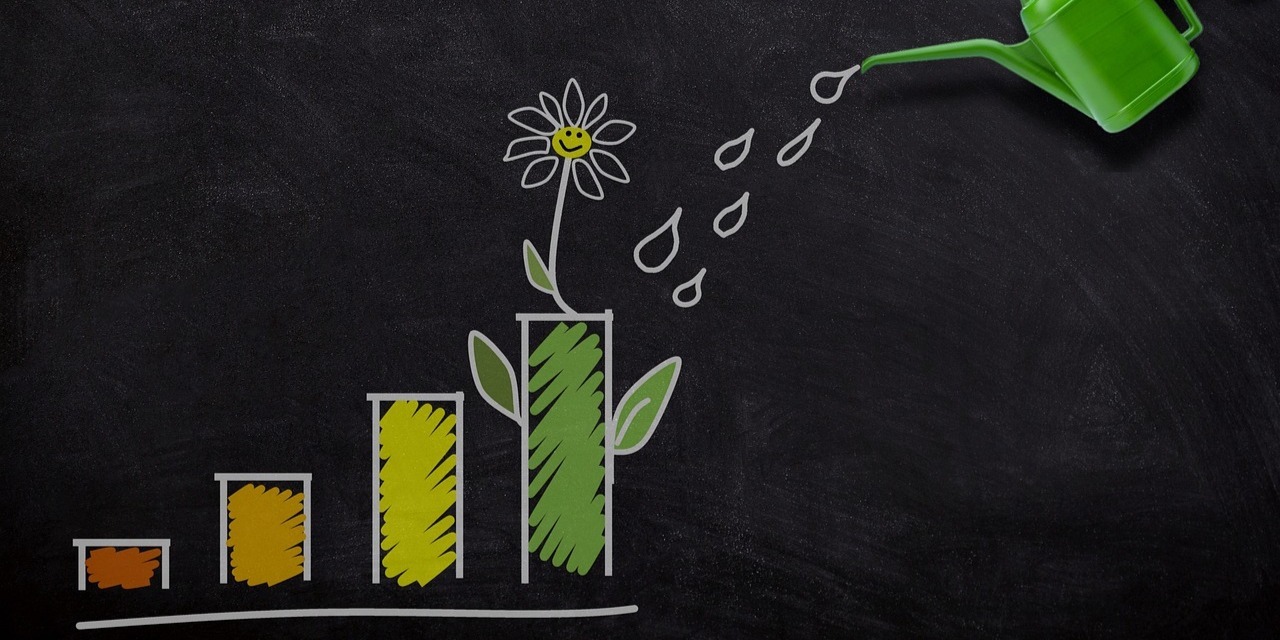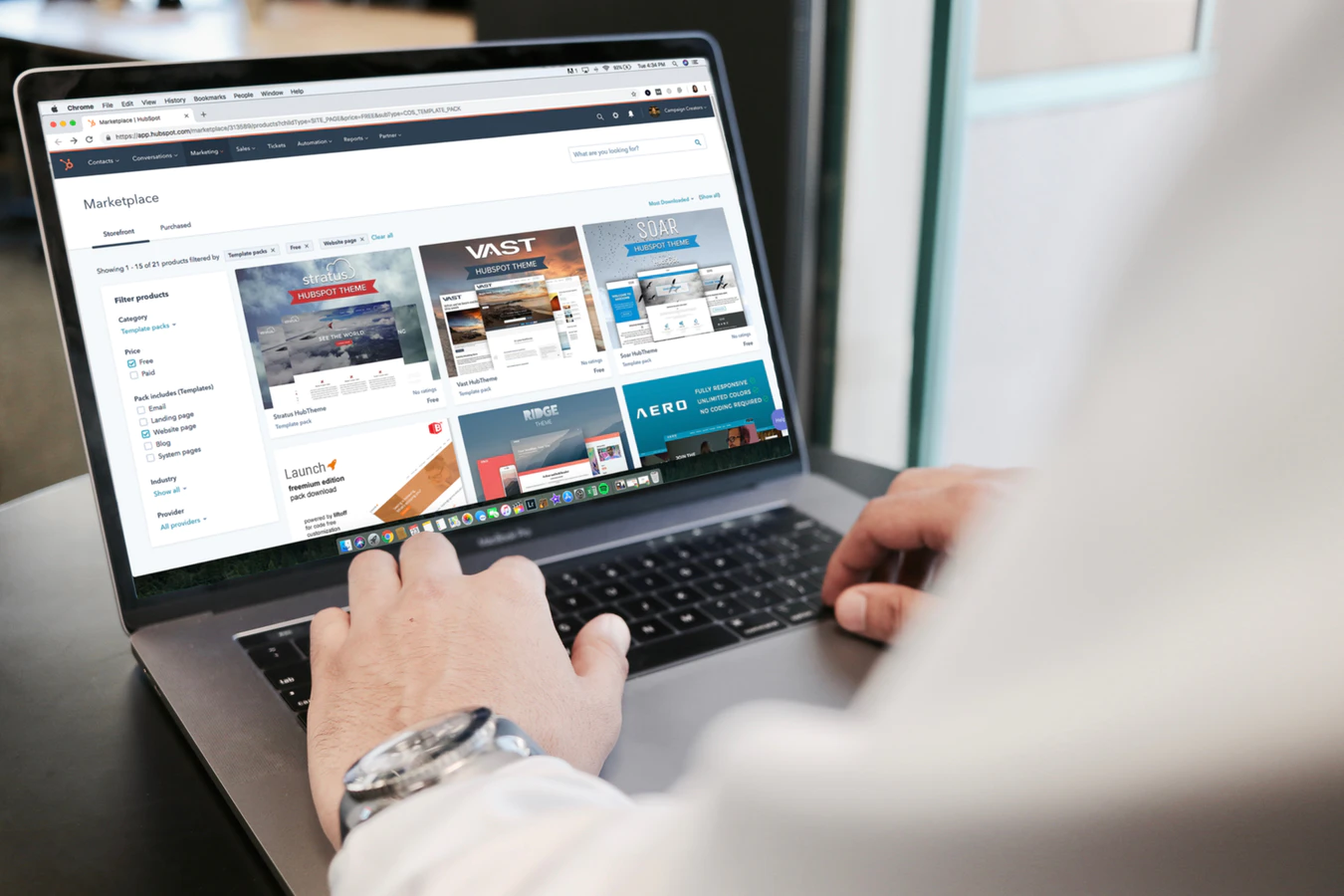SHARE
Best Sales Advice for 2025
B2B sales is evolving faster than ever, especially for SaaS startups and mid-sized businesses. Shifting buyer demographics, digital-first engagement, and AI-driven tools are reshaping how companies sell. Traditional tactics are giving way to buyer-centric strategies that prioritize value, personalization, and trust. So, what can you do to keep up?
In this blog, we analyze the latest trends, best practices, and pitfalls to avoid, providing the best sales advice in 2025 – all backed by industry data and expert insights – to give you actionable takeaways for immediate impact. Don’t get left behind in 2025 – keep reading to stay competitive this year!
Current Trends & Market Shifts
B2B sales are changing quickly as more people turn to digital channels to make decisions. By 2025, it's expected that 80% of B2B interactions will happen online. This shift is mainly driven by younger buyers – 71% of them are Millennials or Gen Z. These buyers check 10 or more sources before reaching out to sales and often prefer to do things without talking to a salesperson. They expect the same ease and convenience as when shopping online for personal items. Plus, with today’s economy, it’s become a “buyer's market,” where decisions often involve a lot of people (6–10+ stakeholders) and require strong proof of value.
Here’s what you need to do to stay competitive, based on those findings:
- Optimize your digital presence. Because B2B is shifting to online, that’s exactly where your ideal customers are going to find you (and therefore where you need to be focusing). Make sure your website is clean and easy to navigate and shows exactly what you have to offer.
- Start engaging younger buyers.. If nearly ¾ of B2B buyers are under 40 (and likely more independent & wiser to sales tricks), you’ll need to adapt your sales and marketing strategy.
- Ensure you have plenty of resources. for your audience to choose you instead of your competitors. Marketing can’t close deals – but marketing can give your audience the exact resources they need to decide to go for the sale. If information is what your buyers want, don’t hold out on them. Give them social proof, case studies, use cases, multimedia content, FAQs – they’ll want to read it all before they even think about picking up the phone or submitting a form.
The sales role is evolving from gatekeeper to guide; rather than initiating the journey, sales reps are now more poised to simply provide strategic consultation when needed. Success in the B2B world now depends on meeting customers on their terms, not only through consultative guidance but by providing easy-to-use self-service options. Successful sales teams also break down traditional silos through unified revenue operations that align sales, marketing, and customer success around common objectives.
Best Sales Tips for 2025
The moment you’ve all been waiting for: the best of the best tips for making your 2025 fiscal year go off the charts. Here’s what you need to know.
Modern B2B sales techniques blend multiple approaches: Balanced Inbound/Outbound; Personalized Outbound; Account-Based Selling; Value-Based & Consultative Selling, and; Social Selling. Let’s break down what these approaches actually are – and how you can make the most of each of them:
- Balanced Inbound/Outbound: Use content marketing to attract leads while maintaining targeted outbound prospecting for high-value accounts. Content marketing costs 62% less than traditional marketing yet generates 3× more leads. Need we say more?
- Personalized Outbound: The people have spoken, and the people want personalization (AKA to be treated like a real person). Replace mass cold calls (of which typically only ~2% result in meetings) with tailored outreach using tools like Common Room, Aomni, Amplemarket, and Unify. Research your prospects’ industry challenges and trigger events to increase the relevance of your sales team’s outreach.
- Account-Based Selling: Think of your target accounts as “markets of one.” This means ditching the one-size-fits-all approach and creating customized campaigns that hit all the right touchpoints. Forget about chasing every lead – focus on building quality relationships with the accounts that matter most.
- Value-Based & Consultative Selling: Act as a trusted adviser by understanding what really matters to your prospects (their KPIs) and, rather than pushing features, showing them how your solution will boost their ROI. Use frameworks like SPIN selling and Challenger sale to diagnose needs and constructively challenge how customers think.
- Social Selling:: With the rise of AI (more on this later), people are on the lookout for authentic moments of connection. Build a personal brand on platforms like LinkedIn by sharing industry content and engaging authentically with prospects. Studies show 78% of salespeople who use social media outsell peers who don't.
AI & Automation in B2B Sales
AI and automation are transforming B2B sales in 2025, helping sales teams work smarter, not harder. AI-driven lead generation tools now identify in-market buyers, while intelligent chatbots handle initial inquiries, qualifying prospects before passing them to human reps. Automation platforms such as Outreach and Salesloft personalize outreach at scale, increasing response rates by tailoring messages to each prospect. Sales teams also benefit from AI-driven coaching and deal intelligence – platforms like Gong and Chorus analyze sales calls, revealing what works and helping reps refine their approach. With AI handling repetitive tasks like scheduling, data entry, and CRM updates, sales professionals can focus on high-value activities, resulting in a 50% increase in sales-qualified leads, according to Harvard Business Review.
The impact of AI on revenue is clear: McKinsey reports that AI adoption in sales drives a 10%–20% ROI uplift, while Salesforce found that 90% of reps believe generative AI helps them serve customers faster. However, human connection remains crucial – AI is most effective when augmenting, not replacing, salespeople. The key for sales teams is to strategically integrate AI into bottleneck areas, whether in lead qualification, research, follow-ups, or forecasting, to drive efficiency and revenue growth.
B2B Buyer Behaviour Changes in 2025
B2B buyers in 2025 are more independent, digital-first, and self-educated than ever before. Therefore, a strong digital presence, clear documentation, and rapid, multi-channel communication are key to staying relevant. Research shows that B2B buyers spend only 17% of their buying journey with potential suppliers, preferring to self-educate through digital resources, internal discussions, and third-party validation. In fact, 75% of buyers now desire a completely seller-free purchasing experience , and over half of large B2B transactions in 2025 are expected to happen via digital self-serve channels.
This shift has fuelled the rise of product-led growth models, transparent pricing pages, and interactive demos that allow buyers to explore solutions on their own terms. With virtual deal-making now the norm, sales teams must facilitate rather than fight this autonomy – offering frictionless self-service options while stepping in as consultative partners who provide insights, not just information.
Beyond autonomy, modern B2B buyers demand transparency, trust, and a seamless decision-making process across large, consensus-driven committees. Today’s buyers conduct extensive research before ever engaging sales, relying on search , peer reviews, and community discussions. With buying groups often including 10+ stakeholders, sales teams must tailor their messaging to different decision-makers – finance, IT, procurement, and end-users – all of whom have unique concerns. Trust isn't just a “nice-to-have” anymore – it's table stakes: “Show me your pricing without making me jump through hoops.” “Let me see your security certifications without signing my life away.” “Tell me what your product actually does without the buzzword bingo.” These are all things your customer base will be looking for in 2025.
The days of “just get me to a sales rep” are over. Today's buyers are doing their homework with ROI calculators and checking out your digital sales rooms, and – let's be honest – they trust what their peers say way more than your marketing.
Want to win? Be the company that arms buyers with content they actually want, responds faster than your competitors, and sells like a consultant.
5 Key Mistakes to Avoid in 2025
Now that we’ve gone over some of the things to do, let’s check out the top 5 practices you’re going to want to avoid this year.
- Outdated sales tactics can hurt credibility and cost sales team deals in 2025. Generic, unresearched outreach – like cold emails blasted en masse – signals a lack of effort and is quickly ignored. Instead, personalization and social engagement before outreach yield better results. Likewise, high-pressure closing tactics and rigid scripts erode trust as today’s buyers prefer consultative, value-driven conversations. Sales teams must ditch “feature-dumping.” What to do instead: connect solutions to specific pain points using storytelling and data.
- Ignoring social media is another mistake; LinkedIn and digital channels are where buyers engage, research, and form opinions. Reps who actively contribute insights online and use video messaging or interactive content stand out. What to do instead: tailored pitches, rather than one-size-fits-all decks, are now expected – 71% of buyers want personalized interactions, making deep research and targeted messaging essential.
- Letting sales cycles drag on due to unnecessary handoffs or delays kills momentum. Modern sales require efficiency and responsiveness. Speedy responses signal confidence and competence to buyers – and therefore build trust and scale up a company’s reputation. What to do instead: Sales teams should streamline processes with automation, proactive follow-ups, and self-serve demos to keep deals moving.
- Neglecting existing customers post-sale is another costly misstep. Expanding revenue from satisfied clients is easier than chasing new sources of revenue. What to do instead: Smart companies focus on retention, referrals, and “land-and-expand” strategies.
- Resisting automation and sales tech is a major disadvantage. In today's rapidly evolving sales landscape, automation and sales technology are not just optional tools; they are essential components of a successful sales strategy. What to do instead: The best reps leverage AI for research, CRM discipline for data integrity, and automation tools to reduce admin work and spend more time selling.
In short, success in 2025 comes down to ditching outdated methods and embracing smarter, buyer-centric approaches that align with how modern decision-makers actually purchase.
Takeaways for Sales Teams
B2B sales in 2025 is all about aligning with the buyer – digitally, emotionally, and value-wise. By implementing the above advice, B2B sales teams can position themselves to thrive in 2025’s environment. The overarching theme is to be agile, tech-enabled, and buyer-obsessed. Teams that listen to their customers, leverage modern tools, and focus on delivering value will not only hit their numbers, they’ll build lasting customer relationships and a sustainable engine for growth.
Topics
- Content Creation (297)
- Growth-Driven Design Websites (167)
- Inbound Marketing (144)
- Sales Growth (133)
- Tangible Words (111)
- Search Engine Optimization (85)
- Social Media Marketing (83)
- Blogging for Business (75)
- Hubspot (75)
- Economic Development (64)
- Events & Training (60)
- Company Growth Podcast (49)
- Manufacturing (47)
- Tourism (46)
- Email Marketing (42)
- Case Stories (40)
- Testimonials & Client Feedback (36)
- Education and SaaS (23)
- Google (21)
- Careers (19)
- Inbound Marketing Agency (19)
- Cool Companies (18)
- FAQ (16)
- Alysha Dominico (13)
- Associations (7)
- Food and Beverage (7)
TW Blog Sign-Up
Learn more about how to grow your business and improve your sales team process.





